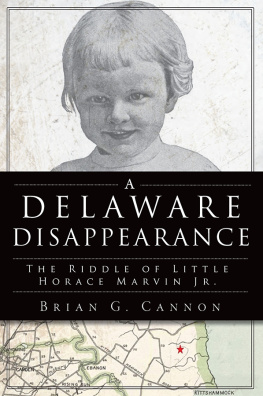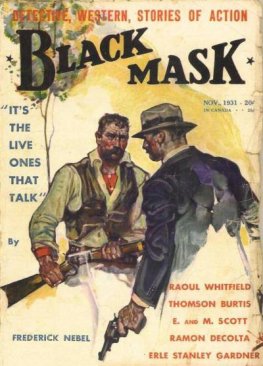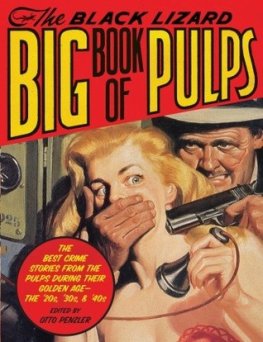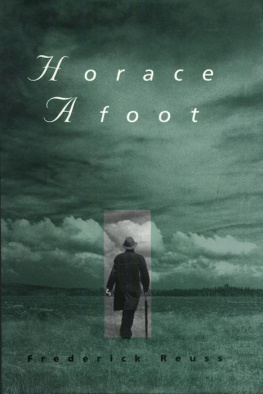

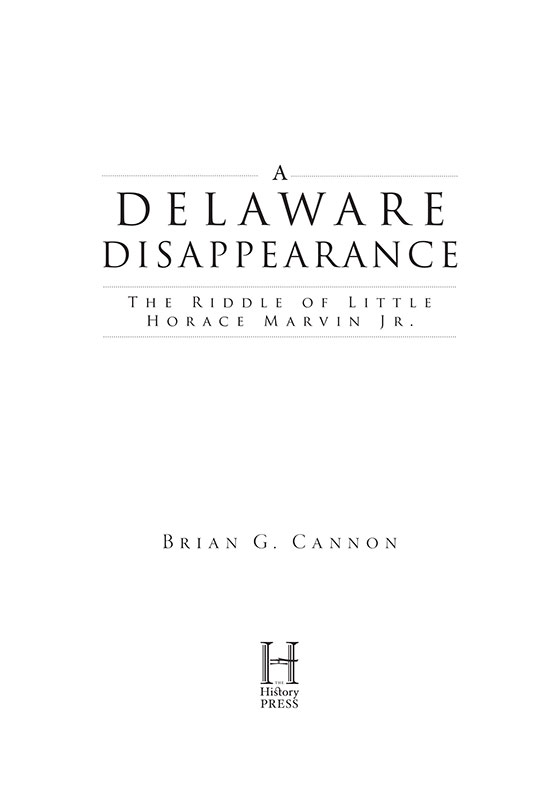
Published by The History Press
Charleston, SC
www.historypress.com
Copyright 2022 by Brian G. Cannon
All rights reserved
Opposite: From the Washington (D.C.) Evening Star.
First published 2022
E-Book edition 2022
ISBN 978.1.43967.421.5
Library of Congress Control Number: 2021949181
Print Edition ISBN 978.1.46715.098.9
Notice: The information in this book is true and complete to the best of our knowledge. It is offered without guarantee on the part of the author or The History Press. The author and The History Press disclaim all liability in connection with the use of this book.
All rights reserved. No part of this book may be reproduced or transmitted in any form whatsoever without prior written permission from the publisher except in the case of brief quotations embodied in critical articles and reviews.
CONTENTS
DEDICATION
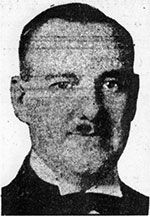
This book is respectfully dedicated to Louis A. MacMahon.
| Born August 5, 1882 | Staunton, Virginia |
| Died January 30, 1936 | Alexandria, Virginia |
| 18991910 | Reporter and editor, Washington (D.C.) Times |
| 19101916 | City editor, Richmond (VA) Virginian |
| 1916 | War correspondent on the Mexican border |
| 19171918 | Editor, YMCA Trench & Camp newspaper for the War Department |
| 1924 | Editor, Newark (NJ) Press |
| 19251926 | Editor, the Army and Navy Journal |
| 19261936 | Editor, Washington (D.C.) Herald |
The story recounted in this book is almost entirely due to the hundreds of accounts reported in United States and foreign newspapers from March through May 1907. But of all the articles, the contributions of Louis A. MacMahon, an editor and reporter for the Washington (D.C.) Times newspaper provided more investigative and meticulous reporting than any other source.
MacMahon made several trips from Washington to Dover and out to the marshlands of Kitts Hummock to find and interview not only the major figures of the story but many of the minor ones as well. His detailed descriptions of the land, the Marvin farm and the effects of this violation of the family on Dr. Marvin himself brought his readers into the story.
Without the record of his reporting, this book would not have been possible.
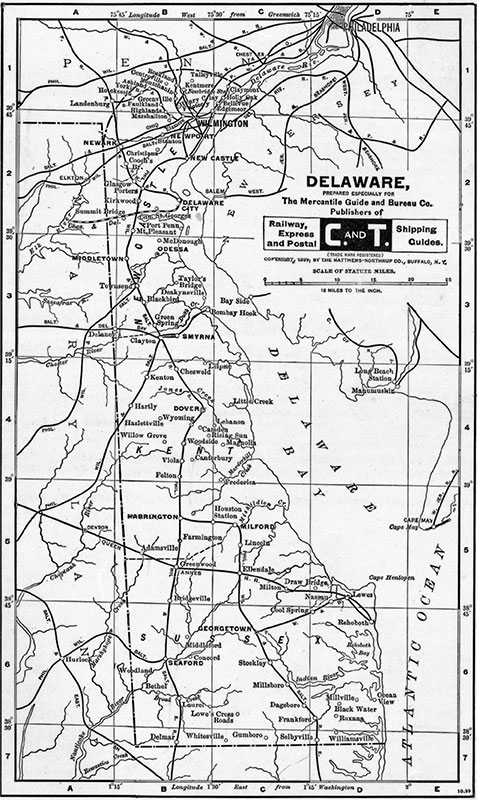
Delaware Towns and Railroads, circa 1900. Wikimedia Commons.
A STEP BACK IN TIME
It is March 1907 in the state of Delaware, and a mystery is about to unfold in Kitts Hummock. Now you may well ask, What, or where, is a Kitts Hummock? A fair question, as we are about to step back and spend a few months there. Since one hundred years later few residents of Delaware can easily locate Kitts Hummock on a map, and fewer still have ever heard of the true story you are about to read, a bit of background might be in order.
In 2007, one hundred years after our story occurs, a visitor to Kitts Hummock would have found themselves in an unincorporated rural region of Kent County, about three to four square miles in area, southeast of Dover, Delaware. The location is roughly bounded on the east by Delaware Bay, on the west by Delaware Route 9, the south by the St. Jones River and on the north by the Little Creek Wildlife Area. Ranging from a few hundred feet to a mile inland, the land comprises protected wetlands, small ponds and drainage ditches, but west of that are hundreds of acres of timber and rich farmlands, mostly cultivated by large agribusiness.
For a mile or so along the bay and the extensive wetlands of the Ted Harvey Conservation Area and the St. Jones Reserve to the west lies a narrow strip of beach a couple of hundred feet wide that runs about a mile along the shore. Located here are approximately sixty beach homes and cabins, most of which are seasonal escapes for the owners from the heat and traffic to the relatively cool, quiet breezes off the bay.
The name Kitts Hummock is grounded on the English word hummock, which dates from the mid-sixteenth century and refers to small hills or mounds along a shore. The meaning of Kitts is uncertain but is believed to have been given by an early settler, Jehu Curtis, who in 1738 claimed twenty acres of fast, or dry, land and marsh along the shore. By 1818, successive owners had erected a tavern that briefly occupied the site before being torn down. Then Kitts Hummock became known as a tenting ground for camping and picnicking.
Around 1846, two men named Hutchinson and McIlvaine built a beach hotel they named the Kitts Hummock Hotel; by 1859 there was a bowling saloon nearby. Hutchinson and McIlvaine also planted seed oysters in the bay, hoping to eventually provide the delicacy to their hotel guests. Unfortunately, the oysters failed, and the property changed hands again. It wouldnt be until the late 1860s that it was discovered that the oysters had survived and spread into the bay and commercial harvesting began.
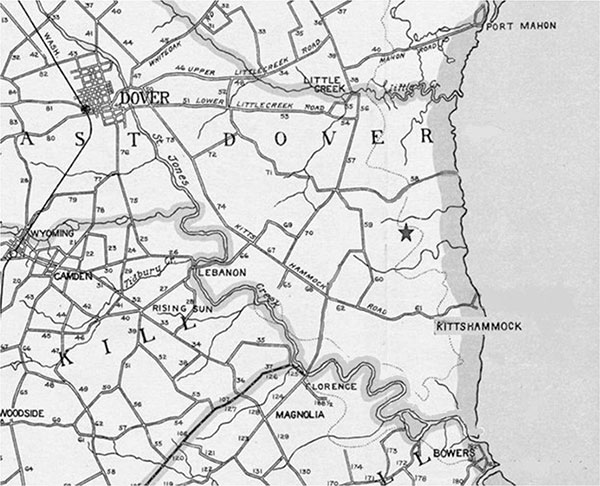
Kitts Hummock, circa 1913. Star indicates approximate location of the Marvin Farm. Wikimedia Commons.
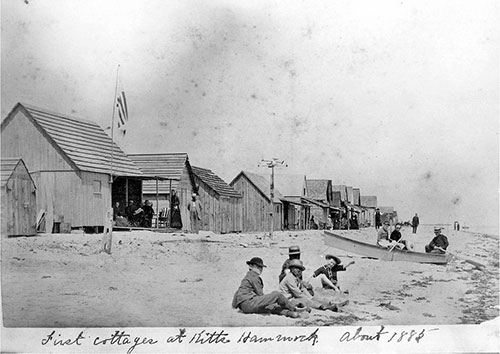
Kitts Hummock cottages, circa 1885. Delaware Public Archives.
In May 1881, the hotel was leased by Joseph Jeanes, who renamed it the Bay View and intended to fix it up as a first-class summer resort. The advertising stressed the fresh seafood from the bay, the world-class fishing, board of eight dollars per week, and of course, children could stay for half price. As an encouragement to those people traveling from a distance, if they would send a letter advising of their arrival day, the hotel would pick them up at the Dover train station and provide free transportation to the hotel.
Kitts Hummock wasnt just for visitors. The June 25, 1885 edition of the (Wilmington) Delaware Gazette and State Journal reported that the return of warm weather had brought rented carriages loaded down with ladies and gentlemen from Dover going to spend the day at Kitts Hummock until the cool of the evening set in. The Hammock [sic] is a nice place to visit on a sultry afternoon.
About the same time as Jeanes was renovating the old hotel, approximately twenty summer cottages were built on the beach. These were primarily owned by people in Dover, built of simple frame construction of one, one and one-half and two stories, often with wide double doors for ventilation and a covered front porch.
By 1907, the hotel and bowling saloon are gone. Maybe by fire or a storm, but no mention of them appears in the recorded descriptions of Kitts Hummock in our story. It seems from the history of the area, the small local population and the distance from Dover probably served as a deterrent to patrons, and the summer visitors werent enough to sustain the business. In fact, one hundred years later there were still no gas stations, convenience markets or shopping centers in the immediate area.
Next page
